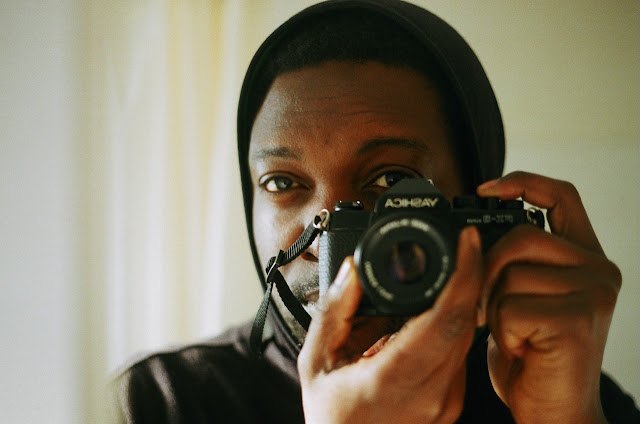yashica fx-3 super | love at first roll
Christmas came a little early this year as I found myself in possession of a gorgeous film SLR by the name of Yashica FX-3 Super. My first Yashica was the Electro 35 GTN. That one is a 35mm rangefinder with a phenomenal lens. This one is an 35mm SLR, so the lens could be phenomenal anytime I want. Both of them are all-black.
The Yashica FX-3 Super was an upgrade to the Yashica FX-3 and was released in 1984 just after Kyocera acquired Yashica. It's relatively light weight and small for an SLR, which I like - especially if I'm to be suspending it from my neck all day. The construction is metal with an outer plastic shell and a very delicate looking leatherette finish. The leatherette is very easily scratched and scuffed so mine came with multiple marks and said scuffs. I don't mind - it kind of gives it character.
The kit lens is a 50mm f/1.9 prime. From my experience with the 35 GTN, I had high hopes for this lens. A cool fact about the FX-3/FX- Super is that it uses the Contax mount. This opens the door for some seriously good lenses.
The camera is capable of shutter speeds of up to 1/1000th of a second, including bulb. I usually shoot at as high a shutter speed as possible so I can use wider apertures, especially in winter time.
Being a fully manual camera, there are no autoexposure modes, despite having a very good light meter. There are however three LEDs visible in the viewfinder that tell you if you're overexposed, underexposed or correctly exposed. The light meter can cater for ISO settings between 12 and 1600 in the usual steps.
The Yashica FX-3 Super uses two SR44 (LR44) batteries. Since they are only for the light meter, apparently they last a very long time, so it's always worth buying fresh ones when you first get this camera. I didn't have the batteries but I couldn't wait to shoot with this camera so I put a roll through it using Sunny 16 while waiting for them to arrive from Amazon.
One slight issue I have so far is that the viewfinder is not as bright as those of some of my favourite cameras like the Olympus OM-1. Another thing that takes getting used to is the fact that you have to take your eyes off the viewfinder to change the settings as there is no information visible in the viewfinder. If you're used to using cameras like the Olympus 35 RC like I am, you become spoilt by the abundant information you get in the viewfinder. Having said that, I can see how someone who's used this camera for many years can master changing the settings without looking - going by clicks on the aperture and shutter speed rings.
Basically, I fell in love with this camera after just one roll. I love the handling, the weight, size, colour, construction, everything. It kind of reminds me of the Praktica BX20, but without the loud 'clunk!' mirror slapping sound.
To be honest, the results from the first roll are not the best ever, as you can see from the photos on this post, but I think I know why. The film I used wasn't in the best shape. I think something also went wrong with the development process. I can see some streaks in the photos that suggest that. However, I still love the photos somehow, and I will get better photos in future. There is a plan to clear out my camera collection in 2017 - i.e., sell off most of them - but something tells me I won't be selling this one.










Comments
Post a Comment